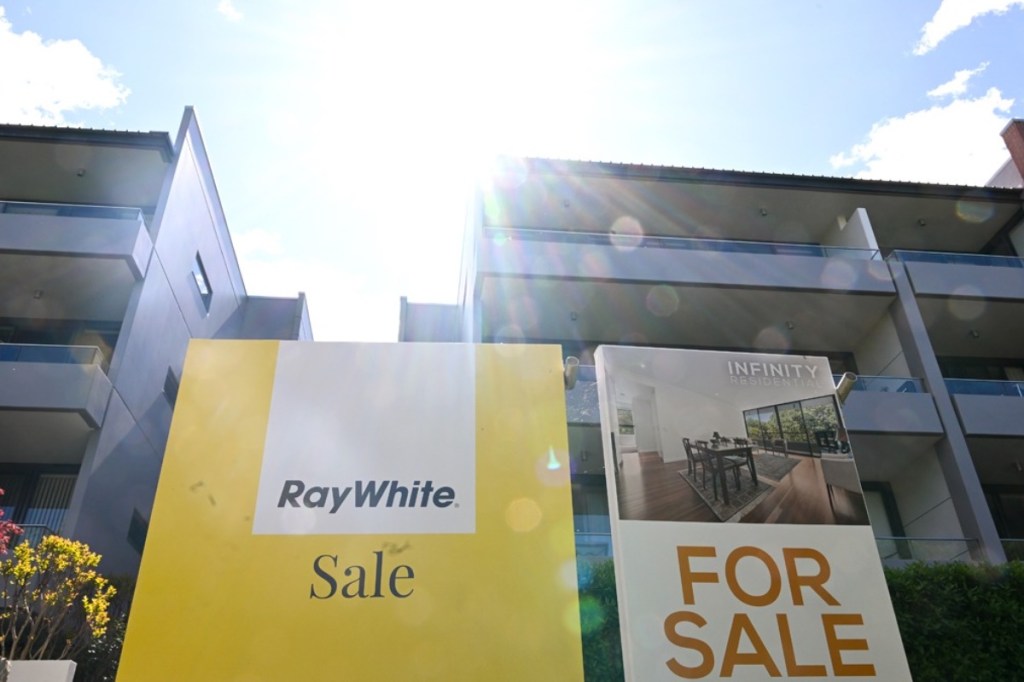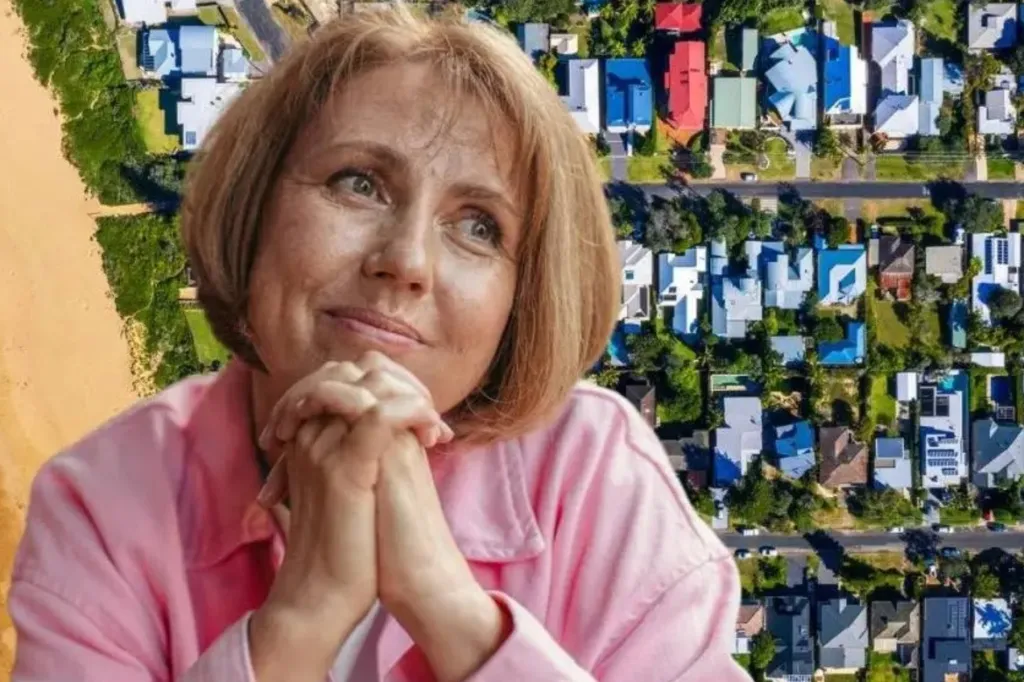Unit prices to outperform houses in 2025: This is where to buy

Unit prices are expected to grow at a higher rate than houses in 2025, according to a new report.
While house prices nationally are predicted to increase by 3.3 per cent in 2025, unit prices are set to rise by 4.5 per cent, according to the KPMG Property Market Outlook.
There are expected to be even more significant gains for unit buyers in 2026, with price gains of 5.5 per cent in that year.
Buying in cheaper
“One of the key trends emerging in the housing market is unit prices are expected to outpace house prices,” the KPMG Residential Property Market Outlook noted.
A big factor was rising property prices overall, KPMG chief economist Dr Brendan Rynne said.
“There does seem to be an increase in demand for units because affordability is now getting worse,” Rynne said.
You might like
He said it was particularly the case in capital cities, where the escalating prices of detached houses had priced out a large portion of the population.
Units for every age
Units, which cover apartments and townhouses, are also being embraced by more people and across generations.
“Historically, it was really the younger part of the community that purchased units or investors as their entry into the market,” Rynne said.
“Whereas now what we are finding is downsizers are now playing a much more active part in the market as well, so you’re getting demand at both ends of the age spectrum.”
He said unit prices were also rising with the escalating cost of construction.
“Units are coming onto the market a little bit more quickly, and so they are reflecting increased construction prices in a more timely manner than housing prices, which reflect the growth in construction costs,” Rynne said.
He said unit prices were forecast to rise further in 2026 as interest rate cuts kicked in. KPMG is factoring in three rate cuts for next year.
Stay informed, daily
Cuts and costs
“The first couple of cuts are not going to reduce demand per se, but as you see more and more of these cuts towards 2025 and 2026, this is when we expect the demand side of the equation to ramp up,” he said.
While the report predicts two years of price growth for units, houses will always have an advantage for price growth in the long term.
Rynne said that with land value making up the most significant cost of residential property, houses would maintain their leading price gap over units.
“When you look at the residential cost of a dwelling, the largest cost is the land, and by definition, a unit has a much smaller component of land than does a standalone house,” he said.
Where to buy
Across all capital cities, units are predicted to outperform houses.
For units, the predicted increases for 2025 range from Sydney and Perth’s 5 per cent growth to Darwin’s 3.8 per cent.
The cities with the biggest difference between house and unit growth performance are Adelaide, Darwin and Hobart.
Canberra, which has a substantial supply of new units, had the smallest difference in price growth between houses and units.
In 2026, Melbourne at 7.1 per cent and Sydney at 6.1 per cent will have the strongest growth.
This article first appeared on View.com.au. Read the original here




